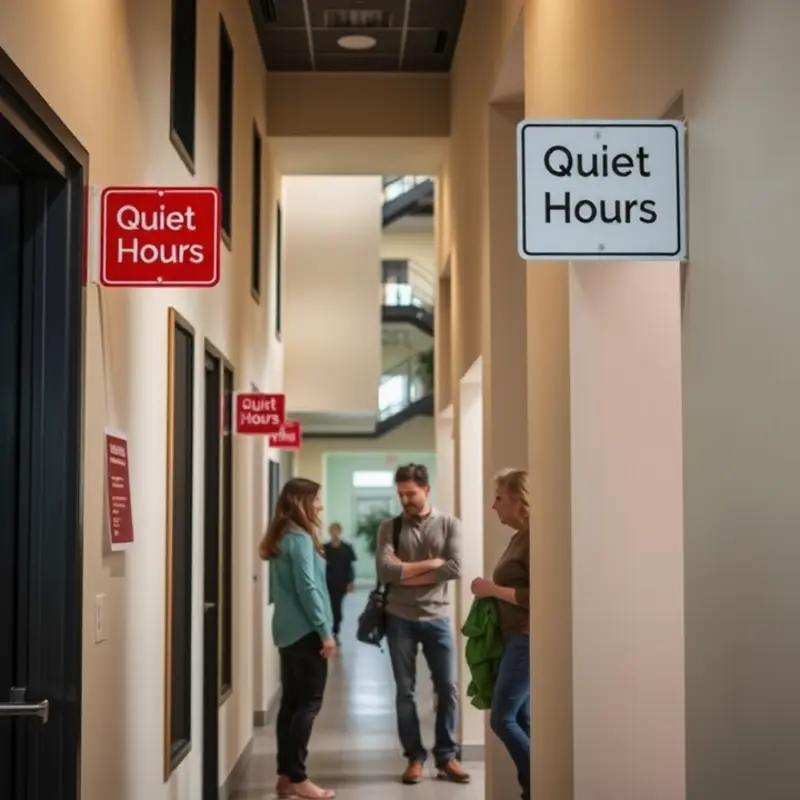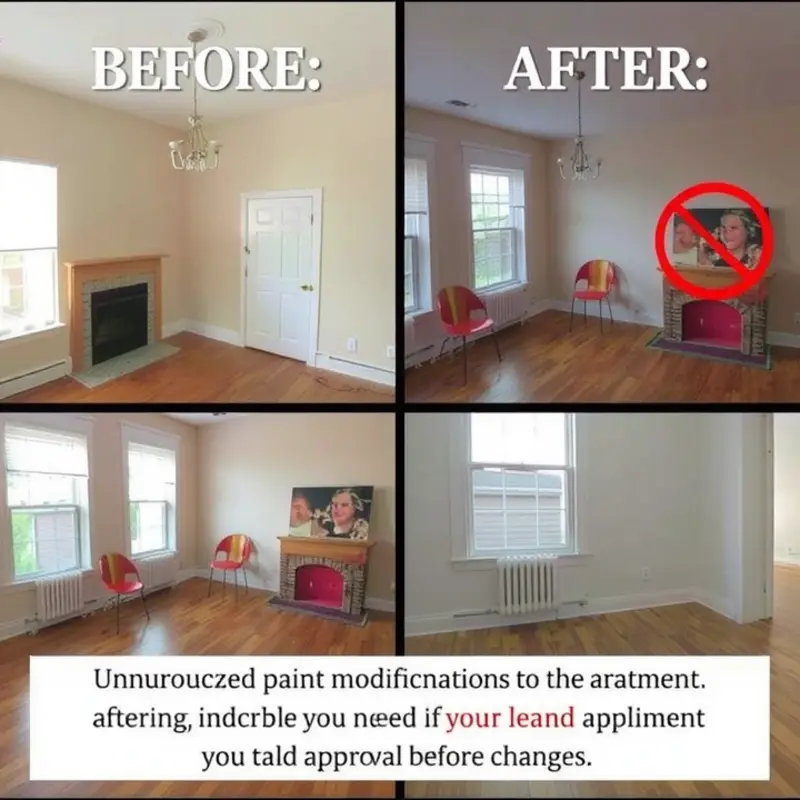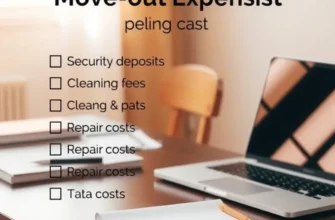Renting a home can be both exciting and daunting, especially for young professionals, students, couples, and families stepping into the rental market for the first time. While the right apartment can feel like a dream come true, understanding and adhering to your lease terms is crucial for maintaining that blissful experience. Lease violations can lead to significant headaches, monetary penalties, or even eviction. Recognizing potential pitfalls and knowing how to navigate them can empower renters to protect themselves and their financial future. This guide outlines common lease violations that new renters often encounter, helping you approach your leasing journey with greater confidence and clarity. From noise complaints to pet policies, knowing what to look out for can transform your rental experience from stressful to smooth. Let’s dive into the most frequent lease violations and equip you with the knowledge to avoid them.
Understanding Noise and Disturbance Clauses

One common pitfall for first-time renters involves noise and disturbance violations. These clauses often specify acceptable noise levels and quiet hours to ensure a peaceful living environment. Understanding these terms is crucial to maintaining harmony with both landlords and neighbors.
Noise violations typically arise from playing loud music, hosting parties, or having loud conversations late at night. These activities can disrupt neighbors, significantly impacting their quality of life. Most leases include quiet hours, usually between 10 p.m. and 7 a.m. During these times, any noise should be minimized.
Another common source of disturbance is pet noise. Dogs barking consistently or cats causing noise disturbances can lead to complaints. As a renter, being mindful of your pet’s behavior and mitigating excessive noise helps maintain peaceful relations with your neighbors.
Recognizing the importance of maintaining a peaceful living environment requires balancing your lifestyle with respect for others. A good practice is to consider adding soundproofing measures in your apartment. This could involve using rugs, curtains, or furniture to absorb sound. Simple steps can go a long way in reducing noise.
When facing a potential noise violation, communication emerges as a crucial tool. If you receive a complaint, respond promptly and thoughtfully to address concerns. Apologizing and taking corrective actions demonstrate your willingness to cooperate. If you foresee an event that may create noise, informing your neighbors in advance can mitigate potential issues.
Communicating with your landlord is equally important. Should a noise complaint arise, address it immediately. Explain any mitigating actions you have taken. Demonstrating a commitment to resolving the issue can prevent official violations and foster a proactive relationship.
If you’re navigating noise issues from neighbors, consider an open dialogue first. Gently approach them about the noise and express your concerns professionally. People are often unaware when they disturb others. A polite conversation may resolve the issue without escalating to official channels.
For more tips on navigating shared living spaces, consider checking this apartment comparison guide. It offers insights into finding apartments that suit your lifestyle preferences.
Ultimately, understanding and adhering to noise and disturbance clauses is about respect and communication. It ensures a harmonious living experience for yourself and those sharing your living space.
Unauthorized Modifications: What You Need to Know

Making unauthorized modifications to your rental unit can lead to a host of issues. Whether it’s repainting the walls or installing a new fixture, these changes, without approval, often violate lease agreements. Tenants facing such infractions might encounter penalties ranging from fines to potential eviction.
Landlords detail in the lease agreement what modifications are allowed. Ignoring these rules can damage the relationship with the property owner and make future interactions more challenging. Unauthorized changes might also lead to losing part or all of a security deposit, as the landlord could be forced to restore the unit to its original state at your cost.
When contemplating a modification, the first step is to review your lease agreement. Identify any clauses related to decorations or structural changes. If the lease is unclear, consult your landlord directly for clarification. Keeping an open channel of communication ensures you understand any potential restrictions.
Tips for Getting Landlord Approval:
-
Write a Formal Request: Draft a clear and concise letter or email to your landlord outlining the desired modification. Explain why you believe it’s needed and how it could potentially enhance the property value or aesthetics.
-
Offer to Cover Costs: Propose to handle all expenses related to the modification, including any potential restoration needed when moving out.
-
Provide Visuals: If possible, share images or plans of the modifications you intend to make. Demonstrating how the change will appear can persuade landlords to grant permission.
-
Suggest Professional Installation: Propose using a licensed contractor for the modification to ensure quality and adherence to safety standards.
-
Propose Reversible Changes: Highlight if the modification can be easily reversed. For instance, removable wallpaper instead of paint indicates a temporary change that’s easy to undo.
For additional guidance, especially on making temporary or renter-friendly changes, explore resources such as Renter-Friendly Wall Decor. This can provide creative ideas that align with most lease restrictions.
Securing permission for adjustments in a rental space enhances your living environment while maintaining compliance with lease terms. Always aim for transparency and cooperation with your landlord to sustain a harmonious rental experience.
Final words
As a first-time renter, being aware of common lease violations is an essential step in safeguarding your rental experience. By understanding the implications of noise complaints, unauthorized modifications, and other common pitfalls, you can communicate more effectively with your landlord and maintain a harmonious living environment. Remember to review your lease terms carefully and do not hesitate to seek clarification from your landlord if needed. Empower yourself with knowledge, and you’ll find that the rental world can be navigated smoothly and with confidence. Enjoy your new space and make it a home!









